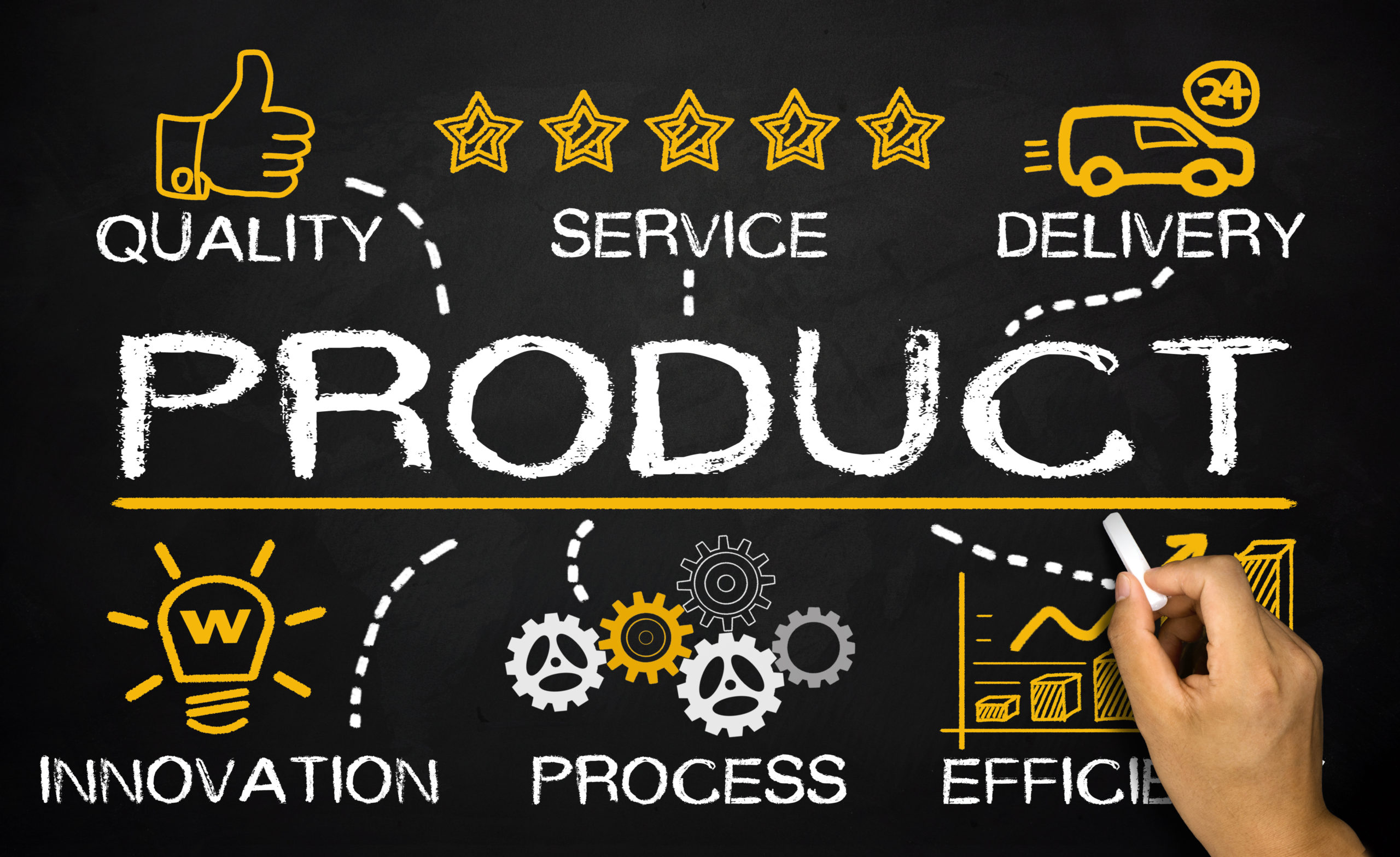Managing data as a product is not a new concept—there is published material on it dating back to 1996 (see The Design and Development of Information Products). However, due to the emergence of more recent trends like data mesh (see Power to the Business Users with Data Mesh) and data fabrics (see How Modern Data Fabric Architectures Democratize Data), the concept of data product management has gained renewed momentum. The idea behind managing data as a product is to generate more value from data while ensuring a high level of sustainability through efficient and effective product design and the reuse of production facilities. This entails the development of more compelling data products with reusable patterns.
With the aim of overcoming current challenges relating to scaling data and using analytics successfully across the organization, data productization posits the idea of offering data as product to other business domains that have previously been isolated. Taking a product-centric approach gives data teams and business users an outcome and value–driven lens on data analytics efforts. Data products are not limited to reusable data sets; they can also encompass analytics and AI methods to analyze data. Here are seven recommendations for data productization.
1. Develop empathy for your data customer.
Understanding customer needs is essential for introducing compelling data products. Data must be fit for purpose and meet quality constraints in order for the intended use and outcomes to be realized. Business context and customer (data user) needs must be well understood to derive quality requirements. Quality data should have the following characteristics: accuracy, completeness, timeliness, consistency, integrity, reliability, uniqueness, and accessibility (see What is Data Quality and Why is it Important for Business?). For example, while a data set may meet the requirements for a business use case related to shipping, if the required location information is in the form of a postal address it may not be appropriate for use cases requiring more precise information about customer geographic position. Developing empathy for the data user and analyzing the use case allows a business to determine fitness for an intended purpose.
2. Allow data product customization.
Empowering the customer to give their own flavor to the final product is common for products such as cars and trending for customization of sneakers. Similarly, data consumers should have the flexibility to make data fit their specific needs when it comes to designing the final product. For example, a data set should be applicable to multiple use cases as well as being compatible with a variety of end systems, such as business applications, advanced analytics, reporting, or external sharing. Additionally, the final analysis of the data set may vary based on business context and use case.
3. Design sustainable data products.
Sustainability is more relevant than ever—and it should be for data products, too. Each product has a design that determines its functionalities, performance, and cost. For data products, production and maintenance efforts are key to efficiency and effectiveness. For example, a highly customized data set that only fits one use case while requiring high maintenance (cost exceeding value of output) would require a redesign. The levers used here could be to make the data product applicable to more use cases (and end systems—see above) or to find efficiencies in the data production and maintenance process.
4. Leverage data product families.
Successful, fast-moving consumer goods companies take their offerings to the next level through product variations, e.g., if Coke doesn’t serve your needs, you can try Sprite, Fanta, or Mezzo Mix. Similarly, data products should evolve into product “families.” If there is a certain demand for customer sales data, a variety of sub data sets, reports, and insights could be offered under this product segment. Other product families could be created along employee, product/service, branch, or vendor lines.
5. Reuse production facilities and processes.
Data products have (like other products) the ability to evolve into product families and with that they offer a wealth of synergies. Facilities and processes that have been established to develop the data product can be reused to develop the entire product family. Finding the right balance of abstraction from specific products to create a tool set of composable units is essential. For example, while the processes and facilities for capturing, ingesting, and cleansing data is the same for a product family, the retrieval, distribution, and presentation may very for each specific product. Analytics models can be developed and adjusted with minor effort to cover additional use cases.
6. Manage the data productization process.
To ensure the provision of high-quality products it is important to have a clearly defined production process with dedicated roles. The data product manager is an emerging role in the data and analytics domain. Data product managers need to be able to manage cross-functional teams working on the development and deployment of data products. They also need some technical skills in order to be able to design the data production process, and business skills to communicate effectively with business leaders. A recent Harvard Business Review article addresses this topic (see Why Your Company Needs Data-Product Managers). Beyond the dedicated roles successful data product management requires funding, best practices, performance tracking, and quality assurance.
7. Continuously enhance data products.
Like other products, data products undergo several life cycle stages (introduction, growth, maturity, decline). Constantly enhance the data product according to its stage and deploy regular updates. For digital products, agile methodologies emphasize the importance of rapid development of first (minimum viable) products to test their acceptance by customers and then constant enhancement of these products. These learnings should be applied to data products, also.
As organizations turn their attention toward data product management, additional aspects of traditional product management might become relevant such as marketing of data products or sales of data products. According to Investopedia, products are “made using commodities and are then put on the market and sold to consumers.”Due to the special characteristics of data, its pricing differs greatly from that of traditional products, e.g., the value of data (information) is known by the receiving party only after it has been disclosed (refund impossible), and the value of data increases as it is combined with other data (value depends on the receiving party). Additionally, company internal data is supposed to be shared as the value increases—pricing might be perceived as hindering for a sharing mentality. However, putting a label on data products to determine their value for an exchange could be beneficial. Even though data marketplaces have not taken off as many might have expected, the rearising of data products could lead to new ideas about how to realize successful enterprise-wide and external data marketplaces.









